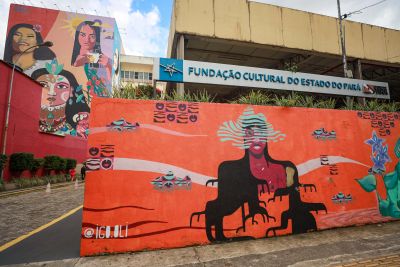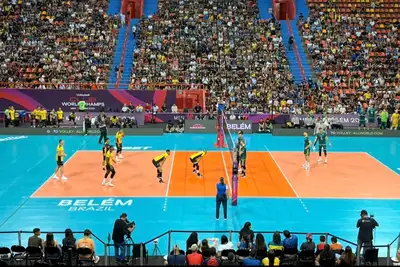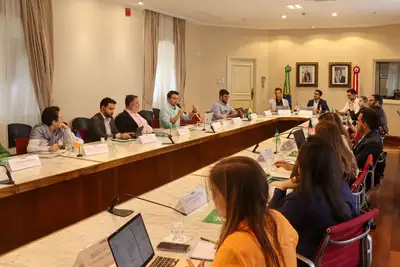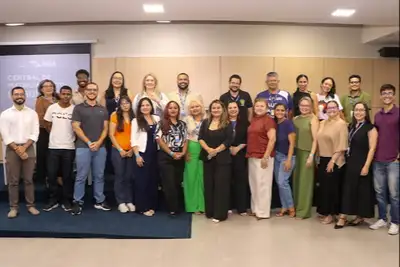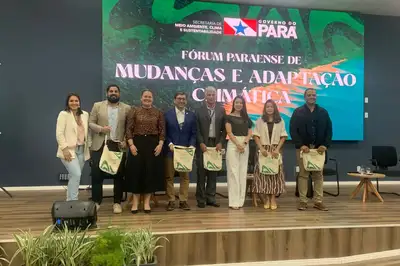Itinerant exhibition presents cartoons from the military dictatorship period in the Amazon
Exhibition launched by Seirdh at the 3rd State Conference on Human Rights values historical memory and promotes reflection on democracy and human rights
The Government of Pará, through the State Secretariat for Racial Equality and Human Rights (Seirdh), launched on the night of this Thursday (2) the itinerant exhibition "Charges of Resistance," during the 3rd State Conference on Human Rights, held at ICJ (Institute of Legal Sciences) and ICSA (Institute of Applied Social Sciences) of the Federal University of Pará (UFPA) in Belém.
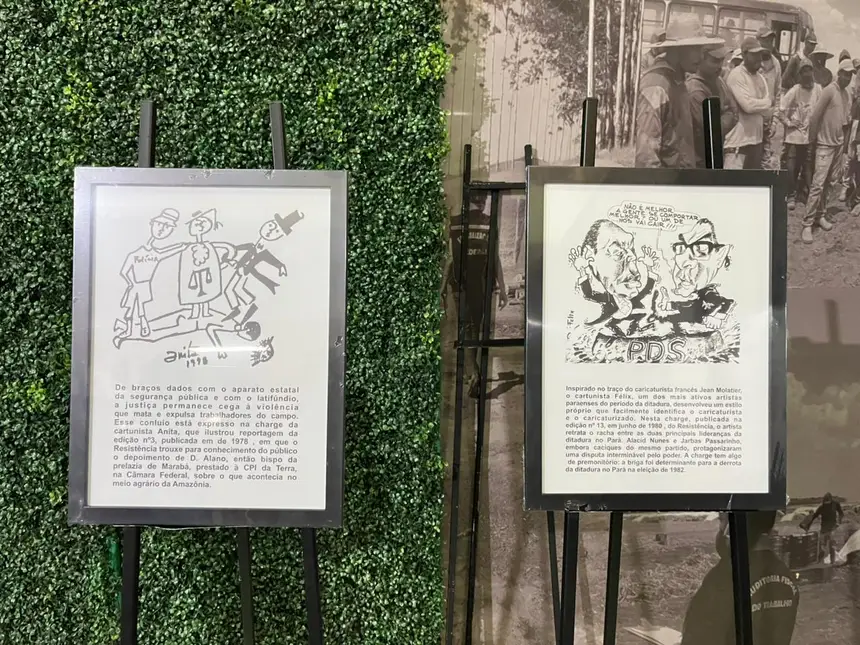
The project is part of the Citizenship, Memory, Justice, and Human Rights Program, and aims to present the history of the military dictatorship in the Amazon through the cartoons published in the newspaper Resistência, an alternative media created by the Pará Society for the Defense of Human Rights (SDDH), in opposition to the military regime.
According to the head of Seirdh, Edilza Fontes, the exhibition seeks to rescue historical memory through art. "With this work, Seirdh aims to encourage dialogue about the impacts of the 1964 coup and reinforce the need to preserve collective memory for the construction of a fairer and more democratic society. The newspaper stood out for denouncing cases of torture and those responsible, addressing land conflicts, giving voice to marginalized groups, and reporting the history of the student movement in Pará, as well as the struggle for agrarian reform and union elections," said the secretary.
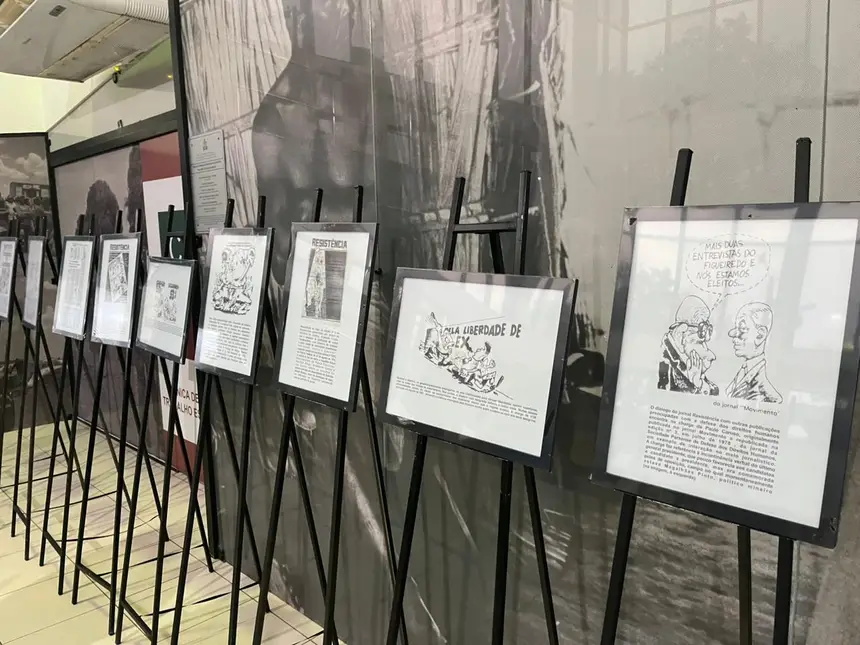
According to Edilza Fontes, reading the newspaper is essential to understand the struggle against the dictatorship and the quest for direct elections, as well as the debate surrounding broad, general, and unrestricted amnesty directed at the victims of military repression. "The newspaper became a landmark in society, an alternative newspaper whose construction I am proud to have been part of. Currently, the periodical serves as a source of knowledge about the military dictatorship, its effects, and the atrocities committed in the Amazon," she stated.
The itinerant exhibition brings together 28 historical cartoons, selected and organized in a joint effort between Seirdh, Professor Anna Júlia Lustosa, and journalists Paulo Roberto Ferreira and Walter Pinto.
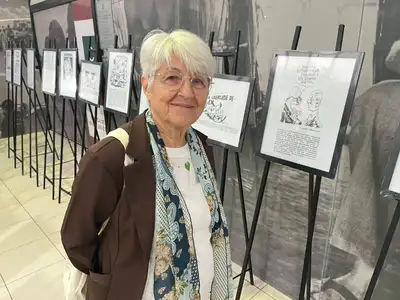
Portrait of reality - Eneida dos Santos took the opportunity to visit the itinerant exhibition during the 3rd State Conference on Human Rights. For her, the initiative to portray the reality of the past is of utmost importance to keep the memory alive.
"The sensitivity of the cartoonists who portray contemporary reality and seek to address political issues through details, images, and expressiveness provokes us to reflect on the past, while brilliantly demonstrating this power dynamic. There is always a minority that concentrates economic and political power, seeking to dominate the majority of the working population, oppressing it. And for us, at this human rights conference, this exhibition is fundamental, as we need to have this critical look at this construction that manifests here," she emphasized.
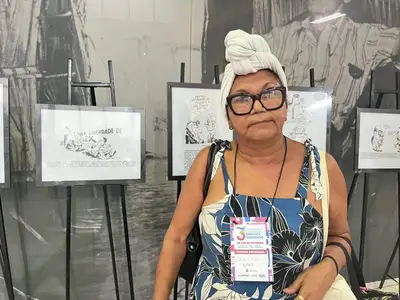
Wealth of information - Maria Pires also took the opportunity to check out the exhibition during the state conference, for whom the exhibition is extremely enlightening and rich in information. "This exhibition is very important. It would also be equally important to integrate this content into the school curriculum and other strategies to broaden the population's access. The information presented reveals historical events that were, and still are, decisive for our reality. Unfortunately, it is evident that there are those who minimize or deny the existence of the dictatorship and slavery, even in the face of evidence. It is crucial to establish connections between the past and the present, understanding that historical events are not limited to the past, but persist in everyday life," she emphasized.
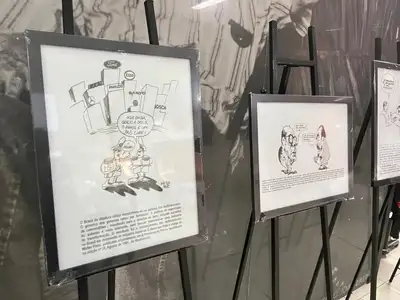
Itinerant Exhibition - After the 3rd State Conference on Human Rights, the project will continue in an itinerant format, circulating through schools, universities, and Usinas da Paz.
The expectation is that the exhibition will reach around 10,000 people, including high school students, university students, teachers, and representatives of social movements, promoting reflection and awareness about human rights and the importance of democracy.





